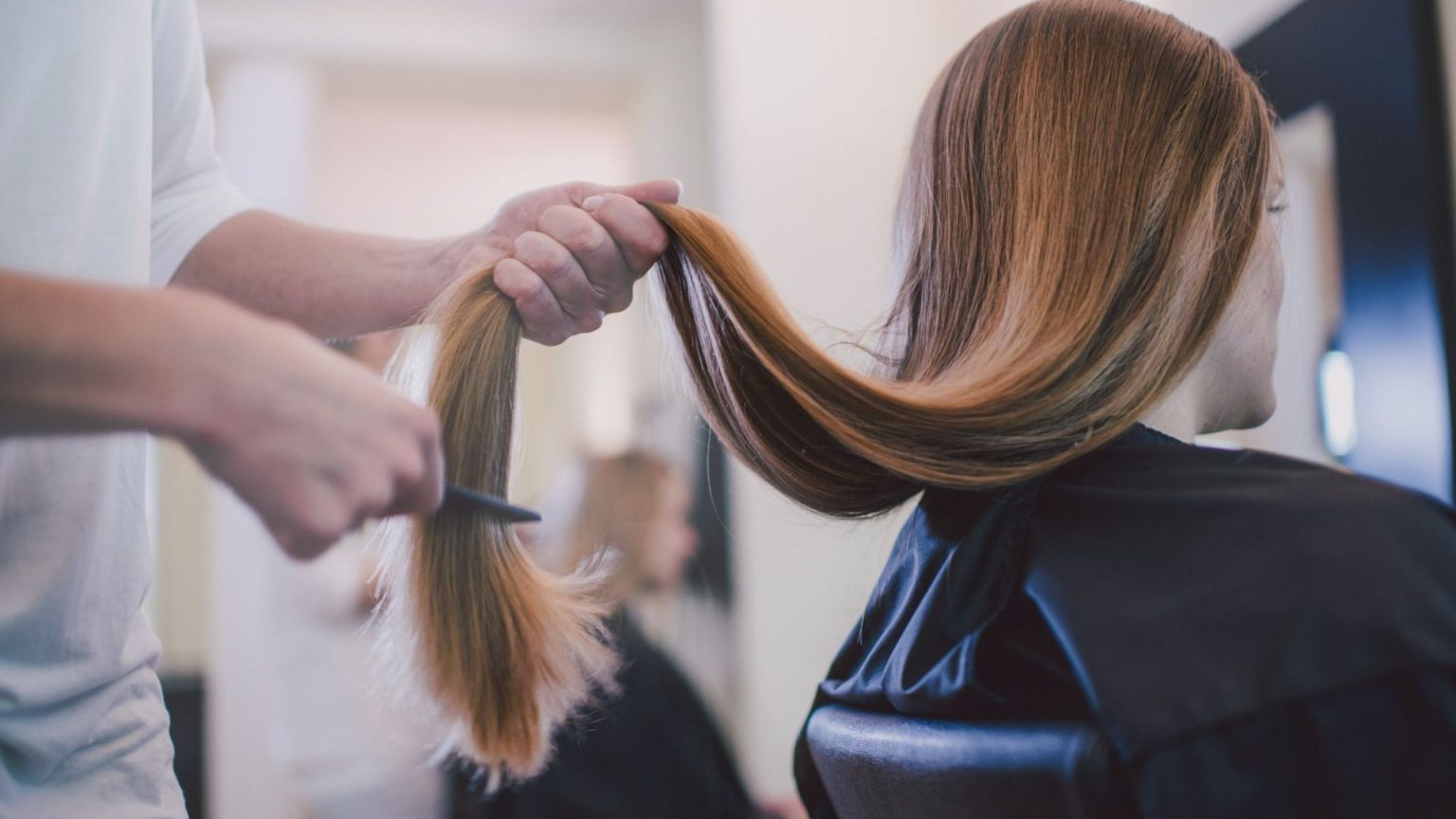Beauty Parlour Stroke Syndrome (BPSS), while rare, poses a potential health risk associated with the seemingly innocuous act of getting one’s hair washed at a salon. This phenomenon arises from the specific positioning of the head and neck during the shampooing process, which, in susceptible individuals, can compromise blood flow to the brain, leading to stroke-like symptoms. While the vast majority of salon visits are uneventful and enjoyable, understanding the mechanics and risk factors of BPSS empowers individuals to take preventative measures and recognize warning signs.
The primary culprit in BPSS is the hyperextension of the neck over the backwash basin. This awkward posture can compress or injure the vertebral arteries, crucial blood vessels supplying the brain’s posterior regions. The rigidity of the basin’s rim exacerbates the pressure on these arteries, particularly during vigorous shampooing or sudden head movements. Pre-existing conditions like arthritis of the cervical spine or a history of narrowed blood vessels further increase vulnerability to BPSS. Though anyone can theoretically experience BPSS, individuals over 50, especially women, are considered to be at higher risk due to age-related vascular changes.
The symptoms of BPSS often mimic those of a conventional stroke, including headache, dizziness, blurred vision, nausea, neck pain, and in some cases, partial paralysis. However, a distinguishing characteristic of BPSS is the potential delay in symptom onset, which can complicate diagnosis and differentiate it from other stroke types. This delay emphasizes the importance of communicating any discomfort or unusual sensations experienced during or after a salon visit to a medical professional.
While the incidence of BPSS remains low, awareness and preventative measures can significantly mitigate the risk. Communicating with your stylist about any neck pain or discomfort during hair washing is crucial. Requesting a gentler wash, minimizing the time spent with the neck hyperextended, and asking for neck support can all contribute to a safer salon experience. If leaning forward over the sink is feasible, this position can alleviate pressure on the vertebral arteries. Open communication between client and stylist is paramount in ensuring both comfort and safety.
The rarity of BPSS should not be interpreted as a reason to dismiss the potential risk. Understanding the underlying mechanisms and recognizing the symptoms empowers individuals to take proactive steps to protect their health during routine salon visits. While the vast majority of people will never experience BPSS, remaining vigilant and informed allows for informed decision-making and prompt medical attention if necessary.
In conclusion, beauty parlour stroke syndrome, though rare, highlights the potential for seemingly innocuous activities to pose health risks under specific circumstances. By understanding the mechanics of BPSS, recognizing its symptoms, and communicating effectively with stylists, individuals can minimize their risk and continue to enjoy the relaxing and rejuvenating experience of a salon visit without compromising their well-being. While BPSS should not be a cause for undue alarm, awareness and proactive measures are essential for ensuring a safe and enjoyable salon experience.




